Flexible endoscopy helps doctors detect many digestive diseases but can increase the risk of HP infection, hepatitis B virus... if the endoscope is not properly sterilized.
Doctor, PhD Vu Truong Khanh (Head of Gastroenterology Department, Tam Anh General Hospital , Hanoi ) said that in Vietnam, stomach cancer and colon cancer are two of the five most common cancers. Endoscopy is the most optimal method for screening and detecting these two cancers. Flexible endoscopy technique with narrow band imaging magnification technology M-NBI (Magnifying NBI) helps doctors clearly observe tissues and mucosa in the digestive tract. Based on images magnified hundreds of times, doctors can diagnose diseases, accurately assess the condition of lesions, remove polyps, biopsy specimens, test for HP bacteria and screen for early gastrointestinal cancer. Endoscopy under anesthesia is considered a safe method, causing no discomfort to patients.
However, infection control during cleaning, disinfection and storage of endoscopes does not ensure the risk of many gastrointestinal diseases due to infection from one person to another. Some reports have recorded many types of pathogenic microorganisms transmitted through endoscopes such as HP bacteria, tuberculosis bacilli, Pseudomonas aeruginosa, E.coli, typhoid, hepatitis B and C viruses.... This infection can be dangerous because some bacteria are resistant to drugs.
Vietnam has a high rate of HP infection. Some cases progress to gastric ulcers and stomach cancer. This bacteria lives in the mucous layer of the stomach and produces urease, which destroys the mucosal wall, causing gastric ulcers.
The risk of HP infection can be through food and drink such as food or water contaminated with HP, not washing hands when going to the toilet, can be transmitted through intermediate routes such as flies, cockroaches due to food not preserved, covered properly or human feces when hands are not washed clean or in water sources. Dr. Khanh said that during endoscopy, if the endoscope is not sterilized and preserved properly, it can spread HP bacteria from infected people to uninfected people.
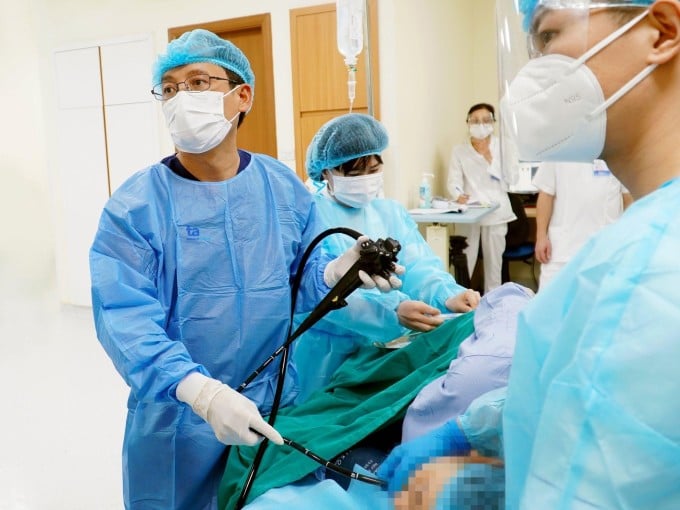
Doctors use flexible endoscopy to detect and screen for gastrointestinal diseases. Photo: Provided by the hospital
Hepatitis B virus can also be transmitted when the endoscope is not properly sterilized. According to Dr. Khanh, hepatitis B virus is common in our country and is a dangerous disease because patients often do not know they are infected. The symptoms of the disease are not typical. Hepatitis B virus entering the body will cause liver function to decline. When the disease progresses to the chronic stage and is not managed according to the doctor's regimen, the patient may experience many dangerous complications such as cirrhosis, acute liver failure, and liver cancer.
Dr. Khanh added that the causes of infection through endoscopy include objective and subjective causes. Objective causes are due to the overload of patients requiring endoscopy in many hospitals and the lack of endoscopy equipment. Subjective causes are due to shortened cleaning and disinfection procedures: not checking for leaks after each endoscopy, and insufficient time for disinfection. This depends on the awareness of the person cleaning and disinfecting the instruments as well as the supervision of the performing unit.
According to the American Society of Gastrointestinal Endoscopy, if the sterilization process ensures safety, the infection rate due to endoscopes is only about one case for every 1.8 million procedures. Master, Doctor Nguyen Thi Thanh Khuong (Head of Infection Control Department) said that infection control in gastrointestinal endoscopy is a very important factor determining patient safety during the process of detecting and treating diseases. For example, Tam Anh General Hospital invested in an endoscope washing and sterilization system from Olympus Japan, and a Korean endoscope storage cabinet that can keep endoscopes clean and safe for 72 hours. Medical staff at the hospital are trained in infection control, performing and implementing the correct procedures so that patients do not contract diseases during endoscopy.
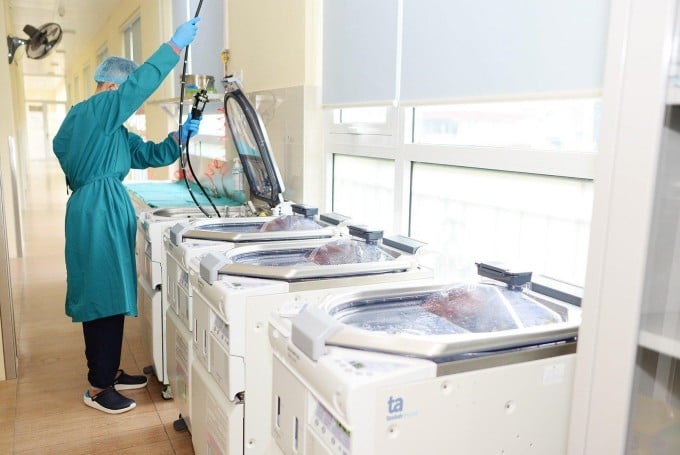
Japanese endoscope washing and sterilization system at the Department of Gastroenterology, Tam Anh General Hospital. Photo: Provided by the hospital
After using the endoscope, medical staff clean according to the following process: on-site treatment, leak test of the endoscope after each endoscopy to ensure that the endoscope is not punctured, clean and finally place the instrument in the automatic washing and disinfection system for 21 minutes. After the machine has been safely disinfected, it will be stored in a cabinet with an automatic drying and sterilization system. The steps in the cycle are performed in turn. Medical staff cannot skip any important steps or arbitrarily shorten the process to help minimize the risk of infection for the next patient being examined.
Emerald
At 8:00 p.m. on June 6, Tam Anh General Hospital System organized an online consultation program "Painless, non-contagious digestive endoscopy", broadcast on the VnExpress fanpage. The program helps update information on flexible endoscopy in the diagnosis and treatment of digestive diseases, and the endoscope sterilization process to ensure no infection. Participating doctors include: Dr. Vu Truong Khanh, Head of Gastroenterology Department, Tam Anh General Hospital, Hanoi; Dr. Nguyen Thi Thanh Khuong, Head of Infection Control Department, Tam Anh General Hospital, Hanoi; Dr. Tran Thanh Binh and Dr. Ho Thi Bich Thuy, Endoscopy and Gastrointestinal Endoscopic Surgery Center, Tam Anh General Hospital, Ho Chi Minh City. Readers send questions here. |
Source link








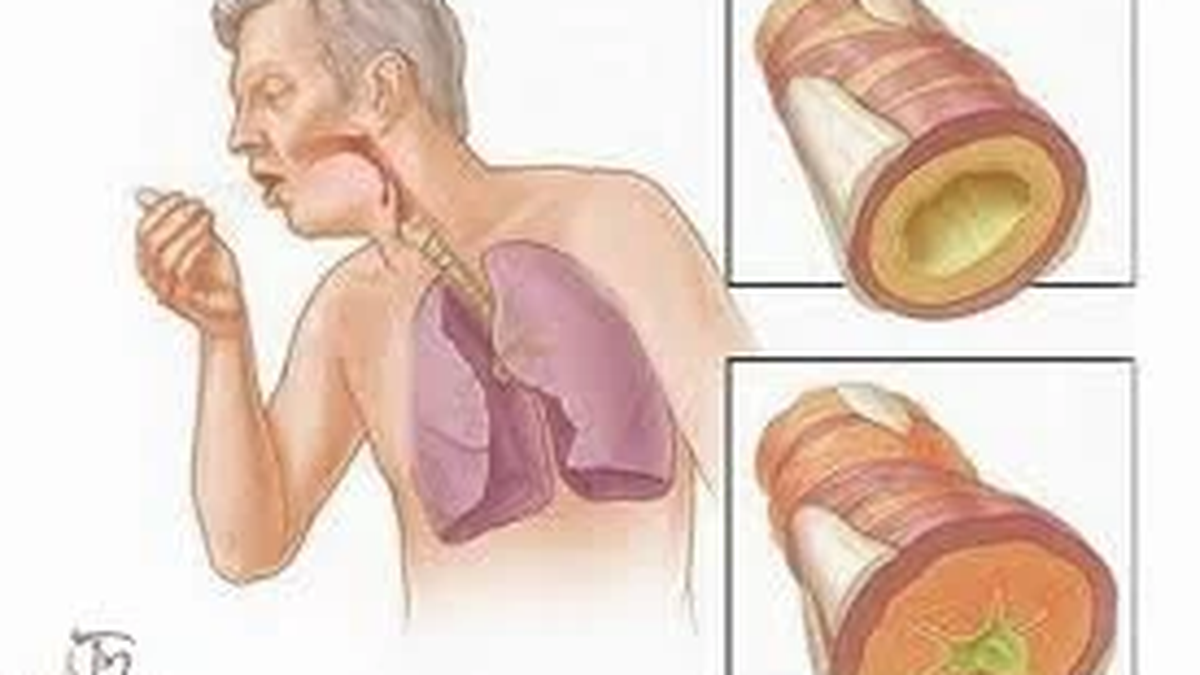
























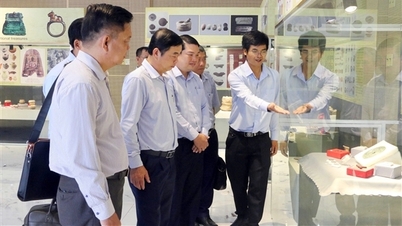

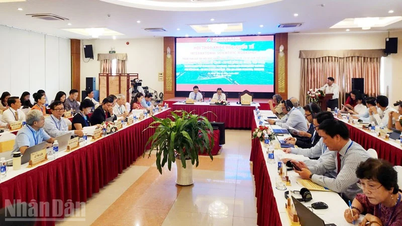















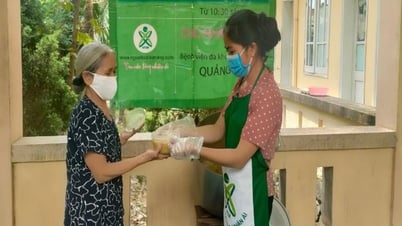

































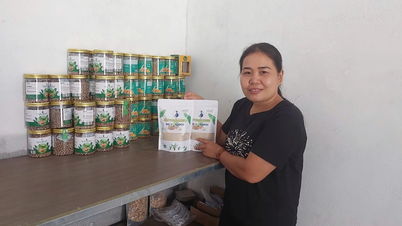








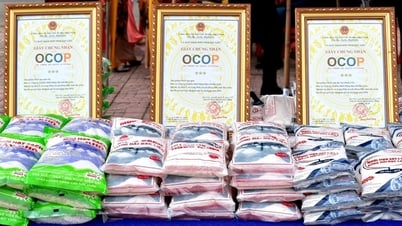





Comment (0)